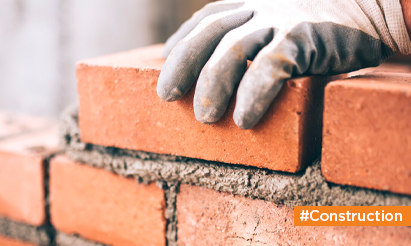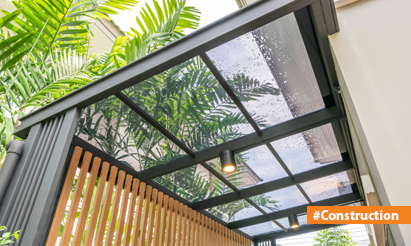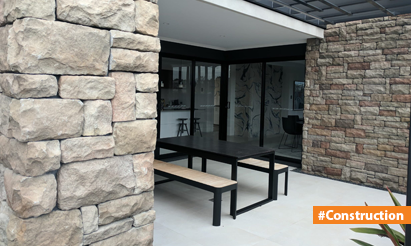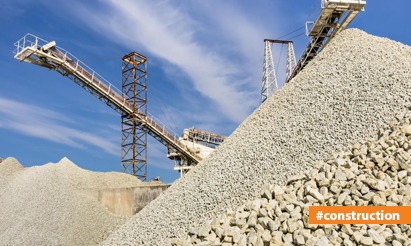Building Excellence: How to Find and Use High-Quality Slaked Lime?
Slaked lime, also known as hydrated lime or calcium hydroxide (Ca(OH)2), is a chemical compound derived from quicklime (calcium oxide) through a process called slaking. It is a versatile material that has been used in various construction applications for centuries due to its ability to react with carbon dioxide in the air and harden over time. Slaked lime is commonly used in mortar, plaster, and as a component in lime-based coatings and paints.
When choosing the right quality of slaked lime for construction, several factors need to be considered:
- Purity: The purity of slaked lime is crucial for its performance in construction. High-purity slaked lime typically contains a lower percentage of impurities, such as clay, silica, and organic matter. Look for products that specify a high calcium hydroxide content.
- Particle Size: The particle size of slaked lime can affect its workability and performance. Finer particles tend to improve the lime’s reactivity and ease of mixing, leading to a smoother and more uniform finish. Coarser particles may be suitable for certain applications but may require more effort during mixing and application.
- Type of Lime: Slaked lime is available in several types, including hydrated lime (Type S), hydrated lime putty, and others. The choice of type depends on the specific requirements of your construction project. Type S hydrated lime, for example, is often used for masonry mortars, while lime putty is used for historic restoration and preservation.
- Source and Manufacturing Process: The source and manufacturing process of the slaked lime can also impact its quality. Some sources of lime may have unique properties or impurities, so it’s essential to consider the source and processing methods when choosing a product.
- Compatibility with Other Materials: Ensure that the slaked lime you choose is compatible with other materials in your construction project. Some types of lime may be better suited for use with certain aggregates or additives.
- Testing and Certification: Look for slaked lime products that have been tested and certified by relevant industry standards organizations. Certification can provide assurance of the product’s quality and suitability for construction purposes.
- Application Requirements: Consider the specific requirements of your construction project. Different applications may demand different qualities of slaked lime. For instance, restoration and conservation projects often require traditional lime putty due to its unique characteristics.
- Local Regulations: Be aware of any local building codes and regulations that may specify certain requirements for lime-based products in construction.
It’s advisable to consult with a knowledgeable supplier or a professional architect or engineer who specializes in historic restoration or lime-based construction to ensure you select the right quality of slaked lime for your specific project. They can provide guidance based on the project’s needs and local conditions.
Disclaimer: The views expressed above are for informational purposes only based on industry reports and related news stories. PropertyPistol does not guarantee the accuracy, completeness, or reliability of the information and shall not be held responsible for any action taken based on the published information.




